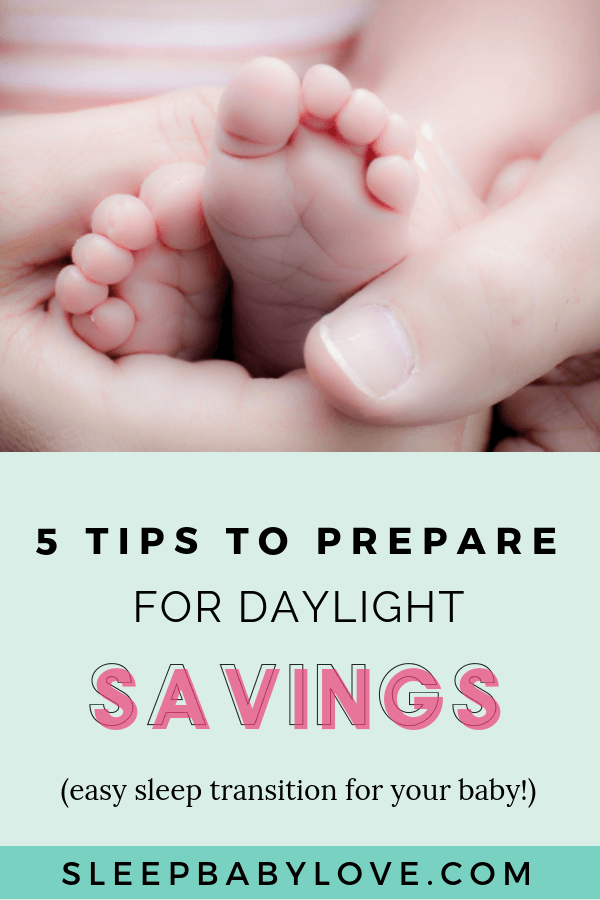The End of Daylight Saving Time: 5 Tips to Fall Back
The leaves are changing colors, the weather is getting cooler….yep, it’s that time of year again. Right when everything was all well in sleep land, we get to get another bump in the road to mess with sleep. This time we’re moving our clocks backward. It’s the end of Daylight Saving Time!
Daylight Saving Time Ends on Sunday, November 7, 2021 at 2 am. We will fall back.
What does it mean to Fall Back?
On November 7, 2021 – 7am is now 6am – and 7pm is now 6pm. (Talk about a spooky Halloween).
Remember those days before you had kids, where this was the time of year you could squeeze in an extra hour of sleep? I do, I do!
But fast forward to now and add young kids to the mix, I think very few of us actually think that your kids will be on board with the plan to actually “sleep in”. But, you can always have memories back to those days!
This is also the time that it gets darker at night….Like scary dark (as early as 5 pm in the Midwest). Use that darkness to your advantage to get your children to sleep earlier!
Here are a couple of ideas to handle the daylight saving time transition:
Tip #1: Know the type of child you have:
How did your toddler or baby do when we sprang (I’m pretending that’s a word) forward? How does he do when you miss a nap, go through a sleep regression or stay up too late at night?
If you have a child where the proverbial “wheels fall off” when messing with sleep, then it’s definitely in your best interest to take it slow leading up the change.
Also remember that the younger the baby, the easier your baby will become overtired.
So a good rule is that if your baby is less than 6 months old, don’t do anything too drastic that will cause a lot of other issues such as night wakes, shorter naps, or an earlier than normal wakeup.
Tip #2: Slow and Steady Win the Sleep Adjustment Race:
To help make the adjustment slow and steady leading up to Daylight Saving Time you can slowly adjust your child’s schedule a little later.
Over the course of the week (right around the Monday before the change), you can start shifting your child’s schedule later by 15 minutes every three days. Start with naps. So a nap at 8:45 am will start at 9:00 am and so on.
By the end of the week, you will be close to new adjusted time with a later bedtime and hopefully, a later wake up, to boot. If your child’s wakeup is becoming earlier, STOP, don’t keep shifting the schedule stay where you are, or even go back for a few more days.
Tip #3: Go with the Flow:
If you have the laid back easy going type of baby, then don’t stress the prep. You can put your child down at their normal time on November 1st (or just a tad later) and they will automatically adjust without too much of a noticeable difference. Follow their lead and put them down a little earlier (the day after the transition) if they are falling apart but if you are lucky, they might be able to stay up to the new adjusted time. You know your child best!
Tip #4: Adjust To The New Time After The Time Change
If you put your child to bed at their normal time, technically they might wake up at their normal time in the morning, (even though by the clock it’s an hour earlier).
On Sunday, put your child down for their naps later by ½ hour earlier (via the clock – ie: 8:30am vs. 9:00am) and by the end of the day, your child may be adjusted to their new schedule and be able to have their same “by the clock” bedtime, even it’s an hour later than normal.
- Put your child’s blackout shades back down. You will see a little more light in the morning than you’ve been seeing these last couple months (the light at 6am isn’t as bright as we see in the spring, but nonetheless, it’s light). Don’t let light be the reason your child wakes earlier.
- That being said, light will also help reset your child’s body clock, so let a shot of light in first thing in the morning.
- If your older child uses a tot clock, you can set the new time on the clock with the plan that they will stay in their room until the clock turns green.
- Wait to get your baby until 6am, the new time. If the first day after the change, your baby wakes earlier, let them hang out for as long as you are comfortable. It might take a few days but by the end of the week be consistent with that 6am time, to mitigate an early wake-up.
Tip #5: Live Life:
Don’t let Daylight Savings time get in the way of living life. A few things to remember:
- A well-rested child will best adapt to the time change.
- If you do find that your child is affected by the time change do your best to get back to your normal schedule. Get out of the house in the morning to keep your child active and offer relaxing activities in the afternoon.
- Within a week (2 max) you should be past any adjustment signs of daylight savings time.
Conclusion
Daylight Saving Time is something we have to go through, regardless if you have a “go with the flow”, or” wheels fall off” child.
Take note how your child adjusts and remember it when you have to decide how to adjust in the spring. Maybe the end of daylight saving time will be a good time for you. Maybe you will be the lucky one, and your child will decide to take advantage of that extra hour of sleep. I hope that mine do!



